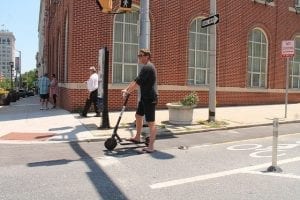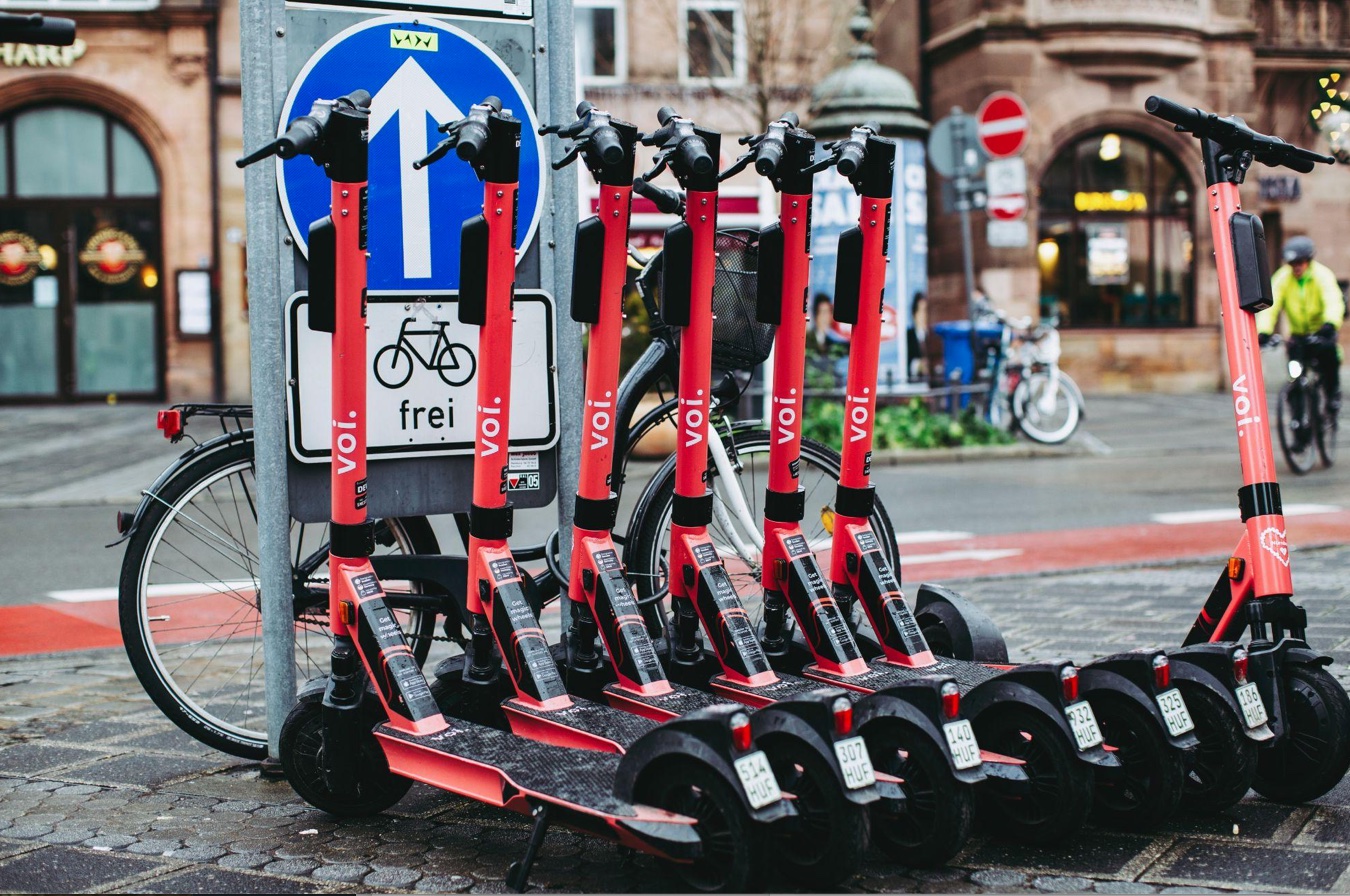Riding an e-scooter can be a great way to navigate a city, but it’s essential to understand the licensing requirements and safety considerations.
With their ease of use, cost-effectiveness, and low environmental impact, there’s no wonder e-scooters are so popular. In the United States alone, 38 states have legalized their use, and their popularity continues to increase worldwide. It’s clear they’re here to stay. However, legislation surrounding e-scooters is still evolving.
Understanding your local rules and regulations is crucial if you’re considering e-scooters as a mode of transport. Here’s everything you need to know about e-scooter licensing, age requirements, and considerations.
Understanding e-scooter licensing
E-scooter laws are crucial in the expanding micro-mobility landscape. The laws differ significantly from place to place, so you must understand the specific regulations in your locale. One such regulation pertains to licensing, and while many regions across the globe do not necessitate a license to ride an e-scooter, there are exceptions.
In the United States, it depends on the state. For example, you need a California and Florida license but not New York, Hawaii, Washington, or New Jersey.
Canada’s rules vary across provinces. Ontario lets cities decide if they want riders to have a license. In British Columbia, you don’t need a license if you’re riding in areas taking part in a pilot project.
Europe’s rules are varied, too. In the United Kingdom, you can only use e-scooters on private land with permission from the owner. Ireland requires a driver’s license. However, many countries, like Austria, Denmark, France, Finland, Germany, Italy, Portugal, Spain, and Sweden, don’t require a license. Belgium and Poland do require a specific type of driving license.
Asia’s rules differ significantly, too. Japan requires registration and licensing for scooters faster than 9 km/h. India doesn’t require a license, insurance, or registration if the speed is under 25 km/h. Singapore needs riders to have a license and assign a plate number to each scooter. Korea only allows e-scooters on sidewalks between 7 a.m. and 8 p.m.; riders must have a license. Some Southeast Asian countries require a license, while others are less clear.
In Australia, the electric scooter rules differ by state and territory. The Australian Capital Territory, Queensland, Tasmania, and Western Australia let you ride an e-scooter in public without a license. South Australia and the Northern Territory only allow e-scooters on private property. New South Wales and Victoria only allow e-scooters in trial locations; no license is needed.
Age requirements and e-scooters
The age requirement for e-scooter usage depends on the country or state, with various laws around the globe.
In Europe, rules concerning minimum age, maximum power, and compulsory helmet use differ significantly. Some countries have no minimum age for e-scooter riders, while others have specific rules. For instance, children under 8 cannot ride e-scooters in certain regions.
In the United States, the most common minimum age for electric scooter riding is 16+, and helmets are usually required for those under 18. However, these rules can differ between states.
Many cities have set rules, including a minimum age for the driver, a maximum device speed, and other conditions. This shows that even within a single country, the age requirements can vary based on whether the e-scooter is privately owned or part of a sharing service.
The legality of electric scooters, including speed limits and age restrictions, differs worldwide. For example, electric scooters are legal in Singapore but only allowed on shared paths and park connectors.
In Australia, the minimum age to ride an e-scooter varies by state. For instance, in Queensland, riders must be at least 12 years old, and those under 16 should be supervised by an adult, according to the Queensland Government’s website. In Victoria, e-scooters can only be used in designated areas, and the rider must be at least 18 years old, as per Victoria’s Department of Transport.

In the Australian Capital Territory, it’s legal for anyone over 12 to ride an e-scooter, but riders aged 12 to 16 must be supervised by a person aged 18 or older. South Australia has a different approach. According to the South Australian Government, e-scooters can only be used on private property, regardless of the rider’s age.
International and tourist considerations
It’s important to remember that e-scooter use laws are not universal and can differ drastically from one country or state to another. For example,
Some states allow use without a license, while others mandate a driver’s license. Some cities worldwide only allow e-scooters in designated zones; using them outside these areas could result in penalties.
Public transportation systems may have specific rules about bringing E-Scooters on board, which is something to keep in mind if you combine various modes of transport during your travels.
If you’re traveling and planning to use an e-scooter, it’s advisable to research the specific regulations of your destination thoroughly. These rules will keep you compliant with local laws and help ensure a safer and more enjoyable riding experience.
Safety considerations for e-scooter riders
Safety is paramount, and most cities have regulations to ensure all road users’ safety. These often include speed limits, road restrictions, and compulsory helmet use. It’s crucial to comply with these regulations to avoid penalties and, more importantly, ensure your safety and that of others.
As well as the rules, situational awareness is critical. This means being aware of your surroundings, especially in busy urban settings where pedestrians, bicycles, and larger vehicles share the road space. Remember, as an e-scooter user, you’re much smaller and less visible than most other road users.
It’s also essential you maintain your e-scooter in good working condition. Regular checks should include the scooter’s brakes, lights, and tire pressure. This not only extends the lifespan of your E-Scooter but also contributes significantly to safe riding.
Finally, you need the proper safety gear. While a helmet is often the only requirement, additional equipment like elbow pads, knee pads, and high-visibility clothing can provide extra protection and make you more visible to other road users.
Summing up
Riding an e-scooter can be a great way to navigate a city, but it’s essential to understand the licensing requirements and safety considerations. Age requirements may apply, so check these if you or your child plans to ride. Research the local laws to ensure you stay on the right side of the law.


Join the conversation!